BYD Tang vs Volvo EC40 – Which model is better for everyday use?
Everyday use, family trips or long-distance drives – here’s where the differences show.
Discover whether BYD Tang or Volvo EC40 fits your lifestyle better.
Here’s where it gets real: The technical differences in detail
Costs and Efficiency: Price and efficiency are key factors when choosing a car – and this is often where the real differences emerge.
Volvo EC40 has a evident advantage in terms of price – it starts at 46600 £, while the BYD Tang costs 64300 £. That’s a price difference of around 17665 £.
In terms of energy consumption, the advantage goes to the Volvo EC40: with 16.20 kWh per 100 km, it’s convincingly more efficient than the BYD Tang with 24 kWh. That’s a difference of about 7.80 kWh.
As for range, the Volvo EC40 performs barely noticeable better – achieving up to 584 km, about 54 km more than the BYD Tang.
Engine and Performance: Under the bonnet, it becomes clear which model is tuned for sportiness and which one takes the lead when you hit the accelerator.
When it comes to engine power, the BYD Tang has a to a small extent edge – offering 517 HP compared to 442 HP. That’s roughly 75 HP more horsepower.
In acceleration from 0 to 100 km/h, the Volvo EC40 is minimal quicker – completing the sprint in 4.60 s, while the BYD Tang takes 4.90 s. That’s about 0.30 s faster.
In terms of top speed, the BYD Tang performs minimal better – reaching 190 km/h, while the Volvo EC40 tops out at 180 km/h. The difference is around 10 km/h.
There’s also a difference in torque: the BYD Tang pulls slight stronger with 680 Nm compared to 670 Nm. That’s about 10 Nm difference.
Space and Everyday Use: Cabin size, boot volume and payload all play a role in everyday practicality. Here, comfort and flexibility make the difference.
Seats: BYD Tang offers distinct more seating capacity – 7 vs 5.
In curb weight, the Volvo EC40 is clearly perceptible lighter – 2065 kg compared to 2630 kg. The difference is around 565 kg.
In terms of boot space, the Volvo EC40 offers clearly more room – 404 L compared to 235 L. That’s a difference of about 169 L.
In maximum load capacity, the BYD Tang performs clearly perceptible better – up to 1655 L, which is about 459 L more than the Volvo EC40.
When it comes to payload, BYD Tang evident takes the win – 575 kg compared to 435 kg. That’s a difference of about 140 kg.
All in all, the Volvo EC40 shows itself to be offers a more balanced package and secures the title of DriveDuel Champion.
It impresses with the more balanced overall package and proves to be the more versatile companion for everyday use.
BYD Tang
The BYD Tang represents a bold entry into the competitive SUV market, blending cutting-edge technology with modern design aesthetics. Its spacious interior is complemented by high-quality materials and innovative features, making it a strong contender for families and tech enthusiasts alike. With an emphasis on sustainability, the Tang offers an eco-friendly driving experience without compromising on performance or luxury.
details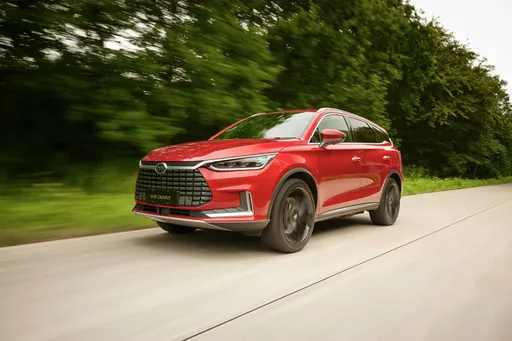 @ press.bydauto.be
@ press.bydauto.be
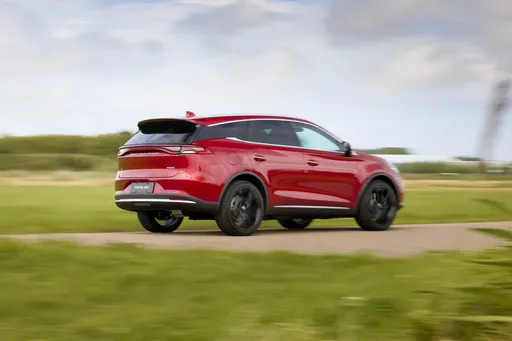 @ press.bydauto.be
@ press.bydauto.be
 @ press.bydauto.be
@ press.bydauto.be
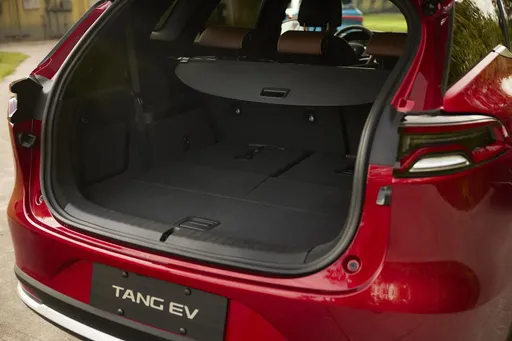 @ press.bydauto.be
@ press.bydauto.be
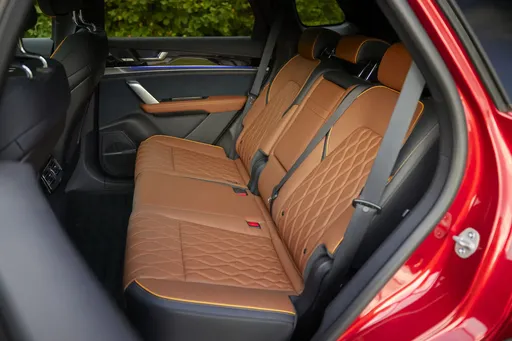 @ press.bydauto.be
@ press.bydauto.be
Volvo EC40
The Volvo EC40 seamlessly combines cutting-edge technology with sleek Scandinavian design, offering a refined driving experience. With its advanced safety features and user-friendly infotainment system, this model caters to both seasoned drivers and modern tech enthusiasts. The vehicle's impressive efficiency and environmentally conscious engineering make it a standout choice for those seeking sustainability without compromising on style.
details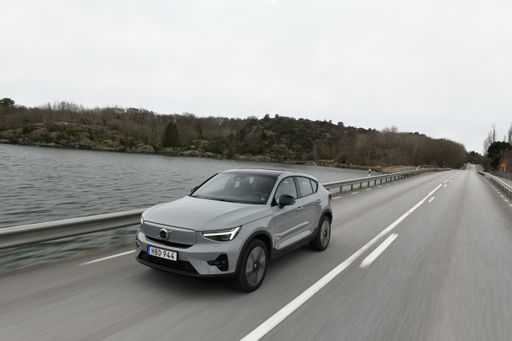 @ media.volvocars.com
@ media.volvocars.com

|

|
|
|
|
Costs and Consumption |
|
|---|---|
|
Price
64300 £
|
Price
46600 - 59000 £
|
|
Consumption L/100km
-
|
Consumption L/100km
-
|
|
Consumption kWh/100km
24 kWh
|
Consumption kWh/100km
16.2 - 17.3 kWh
|
|
Electric Range
530 km
|
Electric Range
488 - 584 km
|
|
Battery Capacity
-
|
Battery Capacity
67 - 79 kWh
|
|
co2
0 g/km
|
co2
0 g/km
|
|
Fuel tank capacity
-
|
Fuel tank capacity
-
|
Dimensions and Body |
|
|---|---|
|
Body Type
SUV
|
Body Type
SUV
|
|
Seats
7
|
Seats
5
|
|
Doors
5
|
Doors
5
|
|
Curb weight
2630 kg
|
Curb weight
2065 - 2185 kg
|
|
Trunk capacity
235 L
|
Trunk capacity
404 L
|
|
Length
4970 mm
|
Length
4440 mm
|
|
Width
1955 mm
|
Width
1873 mm
|
|
Height
1745 mm
|
Height
1591 mm
|
|
Max trunk capacity
1655 L
|
Max trunk capacity
1196 L
|
|
Payload
575 kg
|
Payload
395 - 435 kg
|
Engine and Performance |
|
|---|---|
|
Engine Type
Electric
|
Engine Type
Electric
|
|
Transmission
Automatic
|
Transmission
Automatic
|
|
Transmission Detail
Reduction Gearbox
|
Transmission Detail
Reduction Gearbox
|
|
Drive Type
All-Wheel Drive
|
Drive Type
Rear-Wheel Drive, All-Wheel Drive
|
|
Power HP
517 HP
|
Power HP
238 - 442 HP
|
|
Acceleration 0-100km/h
4.90 s
|
Acceleration 0-100km/h
4.6 - 7.3 s
|
|
Max Speed
190 km/h
|
Max Speed
180 km/h
|
|
Torque
680 Nm
|
Torque
420 - 670 Nm
|
|
Number of Cylinders
-
|
Number of Cylinders
-
|
|
Power kW
380 kW
|
Power kW
175 - 325 kW
|
|
Engine capacity
-
|
Engine capacity
-
|
General |
|
|---|---|
|
Model Year
2024
|
Model Year
2024
|
|
CO2 Efficiency Class
A
|
CO2 Efficiency Class
A
|
|
Brand
BYD
|
Brand
Volvo
|
Is the BYD Tang offered with different drivetrains?
The BYD Tang is available as All-Wheel Drive.
The prices and data displayed are estimates based on German list prices and may vary by country. This information is not legally binding.
